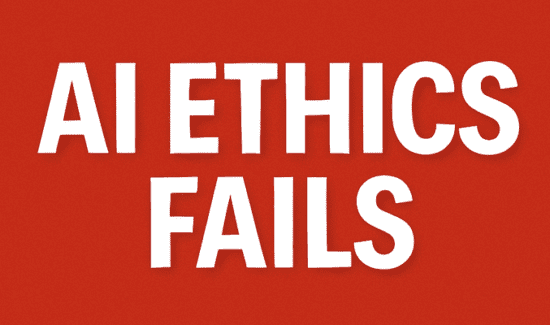Course Correction: 2025 & Making Things Right in AI

DoiT’s Eric Ethridge offers insights on course correcting in 2025 and making things right in AI. This article originally appeared on Solutions Review’s Insight Jam, an enterprise IT community enabling the human conversation on AI.
A watched pot may never boil, and when it comes to artificial intelligence (AI), slow progress is getting some executives especially steamed. When hype is high, so are expectations. As 2024 comes to a close, there remain many unfulfilled AI wishes, and some enterprises are inclined to reconsider their strategies. Add in global political changes and it may feel like the technology’s direction is more uncertain than ever.
Simply put, expect another humbling year in AI – but there is good news. We’ll see practitioners make course corrections, focusing on solving issues that long held them back, delivering on those previous promises. This, in turn, will level-set executive expectations to make things realistic and right in AI.
Degenerative AI?
In 2025, expect to see the generative AI (GenAI) movement either start to deflate or suddenly implode. The resulting fallout will alter much of the landscape that was created in the past 24 to 36 months. Organizations heavily invested in the technology will see those dollars devalued, in some cases, extremely harshly. Specialized GenAI providers, in particular, will be hard hit, losing 60% to 70% of their top estimated value. This will lead to fire sales, as these organizations strive to find a home for their intellectual property.
Falling off the Peak
The driving force behind GenAI’s impending lull is “Peak Big Data” and the toll it takes on the environment. The growing need for data to train models reliably will produce a new crop of synthetic data providers who will consume even greater amounts of power and resources, negatively impacting the environment with very little positive to offset it.
Developing Investments
On the other hand, investments made in 2024 in developing countries’ infrastructure will start to pay off with the availability of new data centers. These will allow synthetic data to be generated using cheaper power and labor while lowering the overall cost and having a generally positive economic impact in these regions.
Politics & Providers
Political winds in the U.S. have changed. As a result, we’re very likely to see reduced government spending, deregulation of certain industries and less oversight into heavily lobbied ones. This will have second and third-order effects for major U.S.-based cloud providers such as Google Cloud Platform (GCP) and Amazon Web Services (AWS). They may offer the right, low-cost services for consumers in the short term, but we can expect potential long-term damage to sustainability and economic health.
A Step Back in Footprints
Spurred by less oversight, enterprises will place less emphasis on reducing carbon emissions and footprints in the year ahead. It will still play heavily into their decision-making when looking at the overall impact of doing business, especially for those enterprises attempting to train and evaluate models or infer results for GenAI. Countering this would require a push on the buy side from both businesses and consumers, who can let their dollars talk by walking away from those unconcerned with how the planet is impacted.
Making Things Right in AI
Yes, we will see organizations take a step back on their AI approach in 2025. Then again, we’ll see more knowledge being shared. There will also be greater acceptance that AI is there to think or reason, and that a human is needed to oversee and get the best out of models.
Despite a humbling year, we’ll hear less of those doomsday prophecies about AI-spurred disasters. It’ll gain further real-world traction, while practitioners make things right by fulfilling those previous promises.



